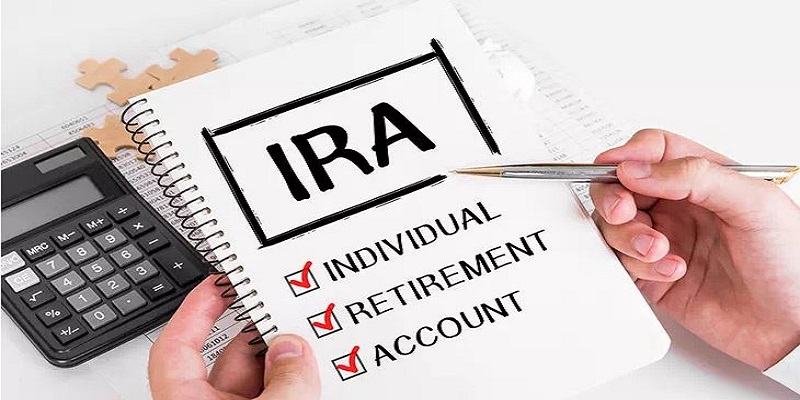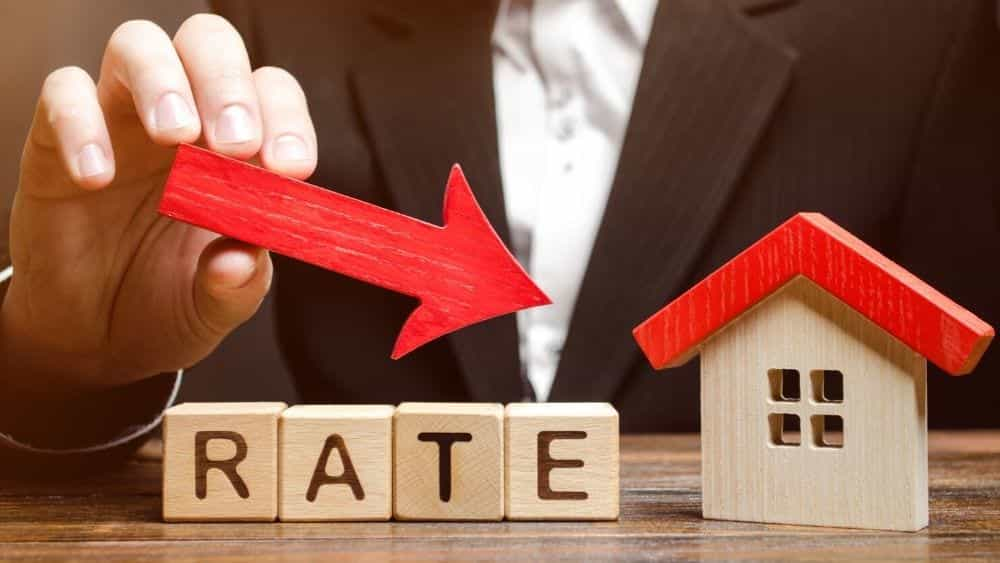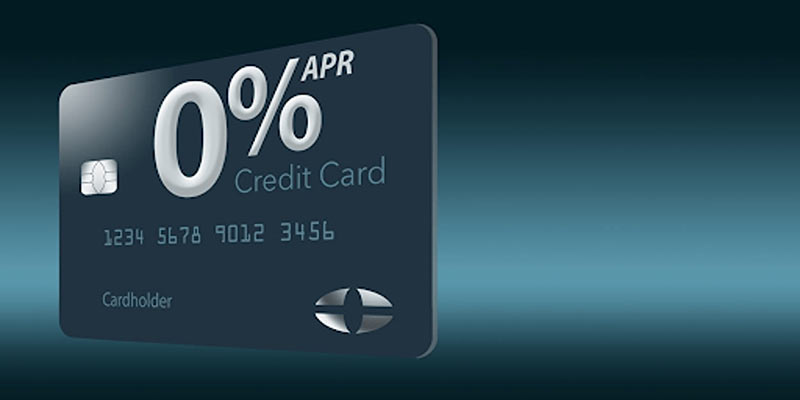
Best IRA Accounts

Explain Different Types of Checking Accounts

Timeshares: Unlocking the Vacation Dream or Falling into the Money Pit?

What Exactly Is Trading Before And After The Market Opens
What Is an Adjustable-Rate Mortgage (ARM)?
Sep 07, 2024 By Kelly Walker
Making the right decision regarding mortgages is key to ensuring financial stability. With so many different types of mortgages available, navigating your options can take time and effort. That's why we want to break down adjustable-rate mortgages (ARMs).
ARMs are a type of mortgage whose interest rate adjusts periodically over the life of the loan, resulting in volatile payments that may increase or decrease as a response to market conditions. We'll explore what makes an ARM unique from other mortgage products and discuss how you can decide if this type of loan could benefit you. Read on to learn more about adjustable-rate mortgages.
An Adjustable-Rate Mortgage (ARM)

An adjustable-rate mortgage (ARM) is the home loan with interest rate that can be change over the time. This type of loan typically has a fixed rate for the first few years, then adjusts at regular intervals to account for changes in the market. The advantage of an ARM is that you can get a lower initial interest rate than with other types of mortgages, resulting in lower monthly payments.
However, this comes with some risks, as your interest rate could increase significantly over time, leading to higher monthly payments and the total cost of borrowing. Therefore, it is important to understand how ARMs work and make sure they are right for you before committing to one.
Different Types of An Adjustable-Rate Mortgages (ARMs)

Different types of ARMs are available, depending on the type of loan and how often it adjusts. What makes ARMs unique is that they have a variety of adjustment periods between 1 to 10 years or more. Common types of ARMs include:
1. Fixed Rate Loan with an Adjustable Rate Period
This loan has a fixed interest rate for a certain period (typically 5 or 7 years), then the interest rate adjusts every year after that.
2. Adjustable Rate Mortgage with an Adjustable Interest Rate
This loan has an adjustable interest rate which changes every year throughout the life of the loan.
3. Hybrid ARM
This is a combination of the two above, with a fixed interest rate for the first few years (typically 3 or 5) and an adjustable rate afterward.
Key Features of Adjustable Rate Mortgages
When shopping for an ARM, there are a few key features to consider:
- Initial Rate
- Adjustment Periods
- Caps
- Pay Option ARMs
- Discounts
Makes An Adjustable-Rate Mortgage Different
Unlike fixed-rate mortgages, adjustable-rate mortgages have rates that can fluctuate over time based on market conditions. The rate is based on an index and margin, which the lender sets. Common indexes include the London Interbank Offered Rate (LIBOR), Treasury Bills (T-Bills), or 11th District Cost of Funds Index (COFI).
Your lender will also add a margin to determine your interest rate. Generally, ARMs have caps that limit how much your interest rate can rise or fall each year or over the life of the loan, but these caps may still allow for significant changes in your payments.
Advantages Of An Adjustable-Rate Mortgage (ARM)
An adjustable-rate mortgage (ARM) can provide several advantages to borrowers, including:
Lower Initial Interest Rate
ARMs typically have lower the initial interest rates than fixed rate teh mortgages & making them attractive for those looking to reduce their monthly payments.
Flexibility
An adjustable-rate mortgage allows you to switch between a fixed and variable-rate loan, depending on your financial situation.
Ability To Qualify For A Larger Loan
With an ARM, borrowers can qualify for a larger loan due to its lower initial interest rate. This can help increase purchasing power when buying a home.
Lower Costs Over Time
ARMs can provide substantial savings for those who don't plan on staying in the same to state a differential rate, while how much it can rise may work in your favor over time if you plan to pay off the loan before the interest rate adjusts.
Potentially Less Risk
For those taking out a longer term mortgage, an ARM may be less risky than a fixed-rate loan due to its ability to adjust with market conditions. This could result in more manageable payments and decreased risk of owning and the value of a home or other property.
Disadvantages Of An Adjustable-Rate Mortgage (ARM)
Adjustable-rate mortgages have some distinct disadvantages that potential borrowers should consider before committing to one:
Increased Risk Of Payment Shock
The biggest risk of an ARM is the potential for payment shock. The interest rate can increase significantly if the index used to determine the rate rises as well, leading to higher monthly payments and potentially unaffordable debt levels.
Unpredictable Payments
The periodic adjustments of an ARM make it difficult to predict what your monthly payments will be in the future. This uncertainty could make budgeting and planning more challenging since you won't know how much you'll be paying each will.
Possible Increase In Overall Costs
If market conditions cause the interest rate to increase over time, this could lead to an overall increase in costs since borrowers would end up paying more in interest.
Limited Benefits To Fixed Rate Mortgages
For those who plan on staying in the same home for a long time, an adjustable rate mortgage may not provide any additional benefits compared to a fixed-rate loan. The lower initial rate of an ARM will not offset the potential increase in payments only stay beyond the initial term, and market conditions cawithinur interest rate to rise significantly.
Uses and Limits of ARM
Adjustable-rate mortgages can be beneficial for those who don't plan on staying in the same home for a long time, as the lower initial rate may lead to savings over the life of the loan. However, potential borrowers should consider all advantages and disadvantages before committing to an ARM.
Payment shock is a real risk that could lead to unaffordable payments if market conditions cause your interest rate to rise significantly. ARMs may not provide any additional benefits compared to a fixed-rate loan for those who plan on staying in the same home long-term.
FAQS
How can I decide if an ARM is right for me?
When deciding if an ARM is right for you, it’s important to consider your financial goals and timeline. If you plan on staying in the same home for a long period of time, then a fixed-rate loan may be more suitable. However, if you are looking for lower payments initially or expect to move within the next few years, then an ARM could be beneficial.
What happens if I can’t afford my payments?
If you are having difficulty making your mortgage payments due to a rise in the interest rate, you should contact your lender immediately to discuss what options may be available. In some cases, lenders may provide loan modification programs that can help lower your payments.
Can I convert my ARM to a fixed-rate mortgage?
Yes, some lenders offer the option to convert an adjustable-rate mortgage to a fixed-rate loan. Depending on your lender and financial situation, you may be able to do this without any additional costs.
Conclusion
Adjustable-rate mortgages offer borrowers a certain degree of flexibility when it comes to budgeting their monthly payments. When selected wisely, ARMs can present an economical solution for many homeowners. However, potential borrowers should understand the dynamics that underlie this product before signing up for one in order to ensure that its features and circumstances match their personal needs and expectations.

Rapid Southwest Rewards Plus Credit Card Review: Everything You Need to Know

Best 0% APR Credit Cards

What Is an Expert Network?

Which Is Better, a No-Penalty CD or a High-Yield Savings Account?

How to Calculate Adjusted Gross Income (AGI) for Tax Purposes

How to Choose Between an ETC and an ETF.

Understanding Beneficiaries in Checking Accounts

